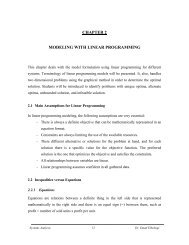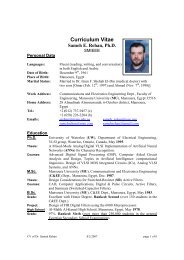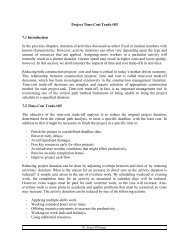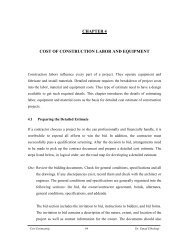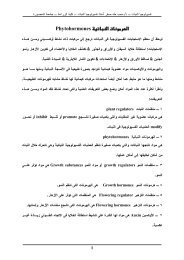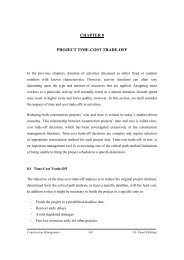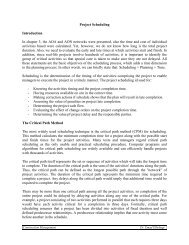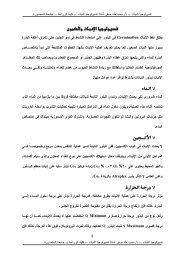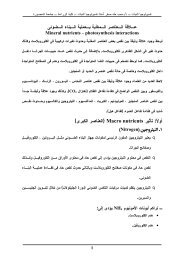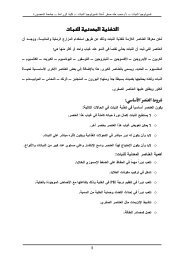Thyroid and Parathyroid
Thyroid and Parathyroid
Thyroid and Parathyroid
You also want an ePaper? Increase the reach of your titles
YUMPU automatically turns print PDFs into web optimized ePapers that Google loves.
statement is as true today as it was then. A faulty operation is the cause for the vast<br />
. majority of patients with persistent or recurrent hyperparathyroidism<br />
Persistent hyperparathyroidism is defined as elevated serum calcium levels that do not<br />
return to normal after an operation for biochemically proved hyperparathyroidism;<br />
this situation should be differentiated from the less common situation of recurrent<br />
hyperparathyroidism in which at least 6 months of well-documented normocalcemia<br />
occurs after cervical exploration for hyperparathyroidism before hypercalcemia is<br />
. documented again<br />
The results of reoperation for recurrent or persistent hyperparathyroidism do not<br />
parallel those achieved for the initial operation. Regardless of the surgical expertise<br />
involved, reoperative cure rates are uniformly 10 to 20 percent lower (i.e., 80 to 90<br />
percent success rates) than those obtained in first-time operations (95 to 99 percent).<br />
In addition, postoperative morbidity involving recurrent laryngeal nerve palsies,<br />
postoperative hematomas, <strong>and</strong> permanent hypocalcemia are three to five times higher<br />
.( than the rates anticipated after first-time explorations (



